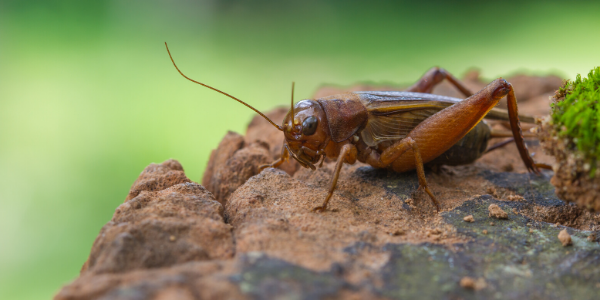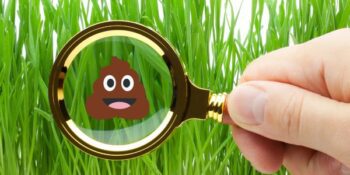
Which do you prefer: the sound of a leaf blower or a chorus of crickets? It is officially fall on Long Island and we’re beginning to hear both! Unlike a leaf blower, however, crickets do more than just make noise if they get inside your home; read on to learn some basic cricket facts, like how they won’t be shy about eating holes through your favorite clothes, drapery, and other fabrics. We’ll also cover cricket prevention tips and how to prevent crickets in your home this fall.
What Kind of Crickets Are Found on Long Island?
 Overall, in the United States, there are over 120 different species of crickets. On Long Island, you may find the following inside your home:
Overall, in the United States, there are over 120 different species of crickets. On Long Island, you may find the following inside your home:
What Damage Do Crickets Cause?
Crickets cause surprising damage. Each of the three species common to Long Island is known for damaging fabrics like silk and wool, to name a couple, as well as paper, fruits, and vegetables. House crickets are the type of cricket you’ll most likely see inside your home, and these crickets usually invade in large numbers which can be overwhelming to control and cause significant damage quickly.
Why Do I Have Crickets Inside My House?
When crickets move inside Long Island homes, they’re usually in search of warmth and moisture. That’s why most often, you’ll find them in your home’s basement, crawl space, shed, or garage in dark, damp areas. It’s always a good idea to minimize moisture in these areas to deter crickets and other pests.
How Long Do Crickets Live?
Most crickets can live for a year or more. They grow by molting. House crickets get their common name from the fact that they often enter houses where they can survive indefinitely. Our residential pest control services can help!
What Do Crickets Do? How Do They Behave?
Crickets hide in the daytime to avoid predators, making them nocturnal.
When seeking potential mates, typically, male crickets will choose a spot to get the loudest sound that they can. They rub their legs together to make that chirping sound. They defend these places from other males. Males sometimes have chirping “duels”, each one trying to sound better for potential partners. Crickets are more active and likely to chirp faster and louder on a warm night.
What Do Crickets Eat?
Many crickets are omnivores: they eat fruit, nectar, seeds, small insects, some leaves, and will even nibble on dead larger animals. For food, camel crickets consume wood, carpet, fungi, cardboard, other insects, and even other camel crickets in some instances.
How Can You Prevent Crickets from Invading?
Start by running a dehumidifier to reduce the moisture in your basement or crawlspace. You’ll see fewer crickets, sowbugs, pillbugs, centipedes, silverfish, and others!
You should also look outside to see where insects can easily enter your home. Are there any unsealed cracks, crevices, or openings by pipes? Seal those openings. Don’t forget to check your dryer vents. Open dryer vents also allow bugs to enter your home. Fix all leaking pipes and your leaky sump pump.
Getting Rid of Crickets on Long Island
If you are experiencing a cricket infestation, please contact Suburban Exterminating! We will correctly identify the invading pest and create a pest control solution to cover all phases of extermination.





